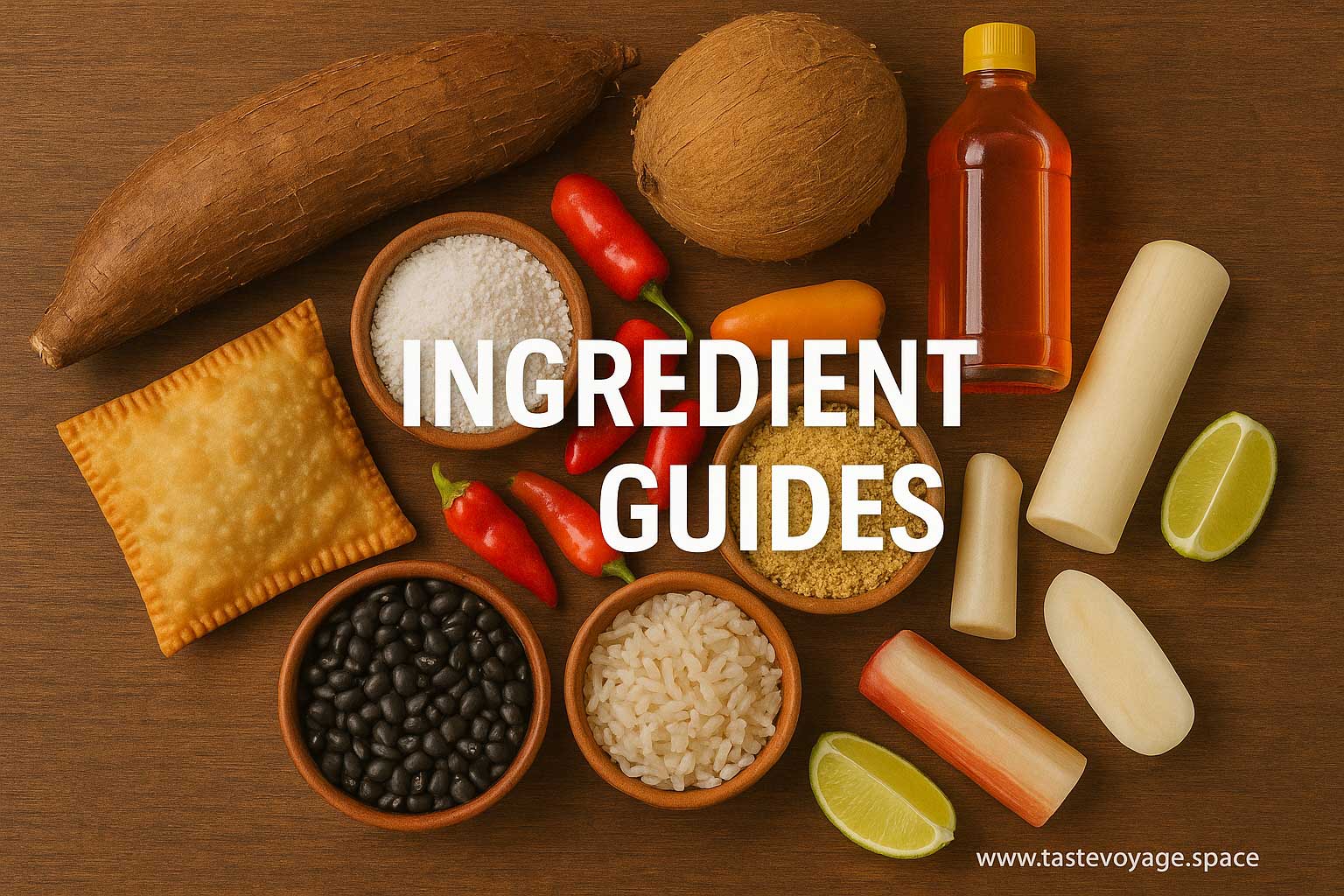What Is Farofa? Brazilian Cassava & Its Delicious Uses
Travel the World Through Food >> Brazilian Cuisine>>Ingredient Guides>> What Is Farofa? Brazilian Cassava & Its Delicious Uses
What Is Farofa? Brazilian Cassava & Its Delicious Uses
What is Farofa? Brazilian Cassava Guide
Brazilian cuisine is filled with vibrant flavors and diverse textures, and among its most beloved staples is Farofa. This unique side dish captures the essence of Brazilian culinary tradition and offers a taste of the country’s rich cultural tapestry. Whether enjoyed during casual family gatherings or festive celebrations, Farofa holds an esteemed place in Brazil’s food heritage. Let’s explore what makes this dish so significant and how it represents the essence of Brazilian culinary culture.
The Origins and Cultural Significance of Farofa
Farofa’s roots run deep in Brazil’s history, reflecting indigenous roots and native ingredients. Made primarily from toasted cassava flour, Farofa is a versatile accompaniment that has been enjoyed for generations. Its origins trace back to the indigenous peoples, who used cassava, a hardy and nutritious root, as a vital food source. Over time, Farofa became a staple in Brazilian households, symbolizing resourcefulness and the harmonious use of local ingredients.
Today, Farofa is much more than a simple side dish. It embodies social and culinary values, often serving as a unifying element during family meals, celebrations, and communal gatherings. Its presence on the table signifies warmth, hospitality, and the celebration of Brazil’s rich culinary diversity. When served, Farofa not only complements Main Dishes but also brings an element of cultural pride and tradition to any meal.
The Culinary Role of Farofa in Brazil
Culinary-wise, Farofa is celebrated for its textural contrast and flavor versatility. It can be prepared with a variety of ingredients, from simple toasted cassava flour to versions enriched with butter, herbs, spices, and even bits of bacon or sausage. This adaptability makes it suitable for pairing with a wide array of dishes, including grilled meats, seafood, rice, and beans.
Farofa’s crisp, toasted texture provides a delightful contrast to the softness of other Brazilian staples. Its slightly nutty flavor enhances the overall dining experience, adding depth and richness to the meal. In many regions of Brazil, serving Farofa alongside grilled meats, such as churrasco, is a customary practice that highlights its role in complementing robust flavors.
The Significance of Cassava in Brazilian Cuisine
Cassava, or manioc, is at the heart of Farofa and many other Brazilian dishes. This root vegetable thrives in Brazil’s climate and has been cultivated for thousands of years. Its versatility extends beyond Farofa, appearing in dishes like tapioca, pão de queijo (cheese bread), and various stews.
Cassava is celebrated for its nutritional value, providing a good source of carbohydrates and energy. Its central role in Brazilian cuisine underscores a deep connection to the land and local resources. The process of turning cassava into flour involves drying and grinding, which preserves its long shelf life and makes it an essential pantry staple.
The Broader Culinary Context
Farofa’s popularity extends beyond its role as a side dish. It exemplifies the Brazilian approach to cooking—creative, resourceful, and rooted in tradition. Its ability to adapt to different ingredients and occasions underscores its importance in Brazilian culinary culture.
In addition to Traditional Recipes, modern chefs experiment with flavors and ingredients, creating innovative versions that pay homage to this classic. Yet, whether simple or elaborate, Farofa remains a symbol of Brazilian warmth and culinary ingenuity.
Conclusion
Farofa stands as a shining example of Brazil’s rich culinary heritage. Its origins, cultural significance, and versatility make it much more than a side dish—it’s a symbol of tradition, resourcefulness, and community. When you savor Farofa, you experience a taste of Brazil’s vibrant food culture and its deep connection to local ingredients and history. Embracing this dish means celebrating Brazil’s lively and diverse culinary landscape, one toasted spoonful at a time.
